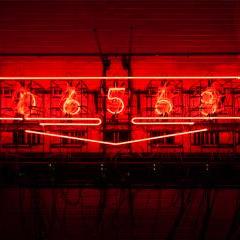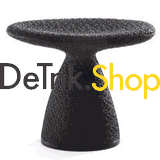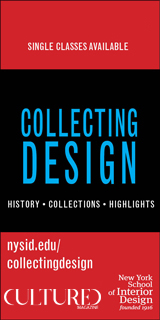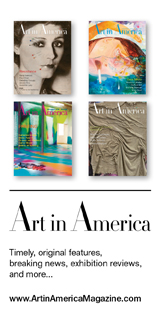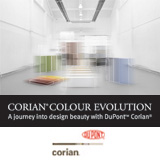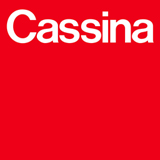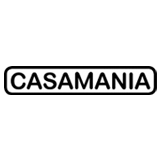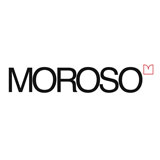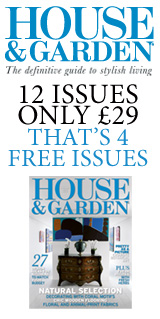The London Open 2018 at Whitechapel Gallery
8 June – 26 August ‘18
The London Open 2018 brings together the most dynamic and critical contemporary art being made in the capital today. The latest edition of this triennial summer exhibition offers a free, lively space to discover new work and reflect on a time of significant change in this global city.
The exhibition features a diverse selection of 22 artists working in London and engaging with topical concerns; from the rapidly changing urban context, the environment, technology, gender to race representation, human relations, activism and post-colonial histories. Many artists work in unprecedented ways and across different artistic forms, ranging from painting, video and sound to installation, sculpture, performance and work online.
The 2018 call for entries attracted a new record of 2,600 submissions. An expert panel comprising Emily Butler, Mahera and Mohammad Abu Ghazaleh Curator, Whitechapel Gallery; Cameron Foote, Assistant Curator, Whitechapel Gallery; artist Ryan Gander; Co-Owner of Hales Gallery Paul Hedge; Deputy Editor of Frieze Magazine Amy Sherlock; and collector Robert Suss embraced the formidable challenge of choosing work to feature in the exhibition. With this edition, The London Open continues to grow. Its influential history spans over 80 years, and has a reputation for launching artists’ careers and offering a platform to local artists.
The exhibition opens in Gallery 1 with a number of works that playfully question the boundaries of artistic mediums and the art institution. Alexis Teplin’s large-scale installation deconstructs the limits of painting, sculpture and performance. The piece will be activated by actors and dancers as part of a series of live events accompanying the exhibition, The London Open Live.
Jonathan Trayte’s bright new bronze, ceramic and neon sculptures are placed on islands of brightly coloured carpet. They reference the relationship between decorative and fine arts as they also acts as lights. Also in this first area of the gallery are paintings by Gabriella Boyd, who explores abstraction alongside figuration in a range of scales. Boyd depicts fleeting interactions or moments of failed intimacy.
At the centre of the space features Rachael Champion’s urban landscape, incorporating demolition rubble and sculptures which reference modernist architecture. Her work draws attention to the rapidly changing fabric of the city and the afterlife of materials. Nearby, Rachel Pimm, explores the potential of natural resources but also how they can resist the manufacturing processes. Her installation tracks the fabrication of high-end architectural ceramic tiles, from initial mineral extraction to the fine finishing or rejection at the end of the production line.
Also on display is Rachel Ara’s monumental neon sculpture which continually displays its own value, calculated from a series of algorithms that reflect criteria such as age, gender, sexuality, race and provenance. The value of the artwork, displayed in brightly lit numbers, will change continually over the course of the exhibition. Ara’s practice draws on her former career as a computer system designer and is concerned with feminism and queer theory.
The exhibition continues upstairs with Gallery 9 dedicated to film work by artist and activist Andrea Luke Zimmerman. A film and poster installation traces activism in Newcastle and resistance movements elsewhere in the UK. A series of associated events honour a number of campaigns for social equality and change: inviting groups to highlight the human rights of asylum seekers and organising readings that celebrate seminal texts from the protests of May 1968.
In Gallery 8, Uriel Orlow presents a slide projection. It revisits a found 1963 documentary about the South African Botanical Gardens which features white scientists and tourists celebrating the 50th anniversary of the garden, while African people only appear in the film as workers. Orlow invites actor Lindiwe Matshikiza to physically confront this archival material from the Apartheid era. Also investigating the effects of colonialism is Larry Achiampong who imagines a future after its demise through his film Relic 1 (2017). His traveller’s emblem, a pan-African flag symbolising the alliance of 54 African countries is also hung at the gallery entrance .
Richard Healy’s Lubricants and Literature (2016) offers a developer’s guided tour of an imaginary building full of extravagant surfaces, esoteric symbols and queer erotic fantasies. The exhibition closes with a video and sound installation by Tom Lock titled Within (2017). Extending across four screens, psychedelic forms and symbols surround and immerse visitors. The narrative draws on science fiction writer Octavia E. Butler’s 1987 novel Lilith’s Brood, which poses an ethical question: in the face of the human race’s impeding self-destruction, aliens ask, is hybridity the means for survival?
Exhibition curator Emily Butler said: “How to choose artists that stand for what is happening now and that have the authority and sensitivity to speak on behalf of others? With recent debates about political, religious, gender and racial representation, we were drawn to artists whose work genuinely engages with the subjects explored in it. We wanted the exhibition to offer a positive message about the vitality and diversity of artistic talent in London and to reflect on what it means to be culturally ‘open’ during a time of significant change.”
The London Open 2018 artists are: Larry Achiampong, Rachel Ara, Gabriella Boyd, Hannah Brown, Rachael Champion, Gary Colclough, George Eksts, Ayan Farah, French & Mottershead, Vikesh Govind, Richard Healy, Des Lawrence, Tom Lock, Céline Manz, Uriel Orlow, Rachel Pimm, Renee So, Alexis Teplin, Elisabeth Tomlinson, Jonathan Trayte, Tom Varley and Andrea Luka Zimmerman.






